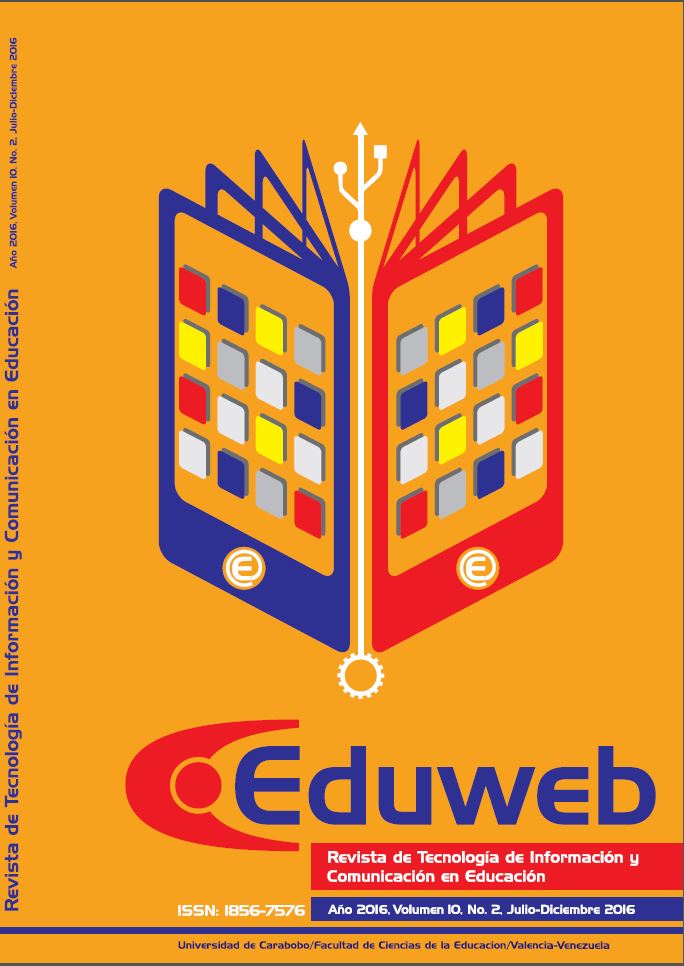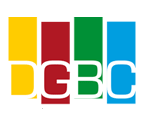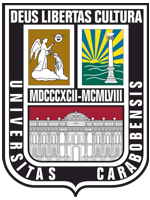QR-learning and geographical information systems en geography education
Keywords:
GIS, QR-Learning, education, Geography, mobile.Abstract
The didactic experience around Web-Mapping has, as target for the students, completing a digital herbarium about native species with the objective of understanding the closest environment. Methodology includes geolocatation, possible with the use of QR-codes, so that way the groups of students could work with their maps of the Faculty on their own devices, what make possible a situated learning. The results were positive with a 93% of success in locate and analyze the species, due to the use of Geographical Information Systems.
References
Bednarz, S. y Audet, R.H. (1999). The status of GIS technology in teacher preparation programs. Journal of Geography, 98, pp. 60-67
Bodzin, A.M. y Anastasio, D. (2006). Using Web-based GIS for earth and environmental systems education. Journal of Geoscience education, 54 (3), pp. 297-300
Camacho M. & Lara, T. (2014). M-learning en España, Portugal y América latina. Monográfico Scopeo, nº 3, pp. 11-12
Cubillo, J., Martín, S. y Castro, M. (2011). New Technologies Applied in the Educational Process. IEEE Global Engineering Education
Conference (EDUCON 2011) – “Learning Environments and Ecosystems in Engineering Education”, pp. 575-584.
Gómez Trigueros, I. (2010). Análisis del paisaje físico y humano de la provincia de Alicante: Google Earth como herramienta docente en
las clases de Geografía. Geographos. Revista digital para estudiantes de Geografía y Ciencias Sociales, 1 (1), pp. 1-26
Haklar, M., Singleton, A. & Parker, C. (2008). Web-mapping 2.0: the neogeography of the Geoweb. Geography Compass, 2 (6), pp. 2011-2039
Koehler, M., & Mishra, P. (2009). What is technological pedagogical content knowledge (TPACK)? Contemporary Issues in Technology
and Teacher Education, 9 (1), pp. 60-70.
Moreno, J.R., Vera, M.I. & López, I. (2014). Develpment of creative and educational thinking in arts training teachers: QR codes. Sylwan
Journal, 158 (12), pp. 185-200
Prats, J. (2001). Enseñar historia: notas para una didáctica renovadora. Mérida, Junta de Extremadura
Rikala, J. y Kankaanranta, M. (2013) The Use of Quick Response Codes in the Classroom. Paper presented at mLearn 2012: International
Conference on Mobile and Contextual Learning 2012 Proceedings
Sagástegui, D. (2004). Una apuesta por la cultura: el aprendizaje situado. Revista electrónica sinéctica, 24, pp. 30-39
Traxler, J. (2009). Learning in a mobile age. International journal of mobile and blended learning, 1 (1), pp. 1-12
UTI. (2010). The world in 2010. Facts and figures. Ginebra, International Telecomunications Union
Downloads
Published
How to Cite
Issue
Section
License
Copyright (c) 2021 Juan Ramón Moreno Vera

This work is licensed under a Creative Commons Attribution 4.0 International License.














